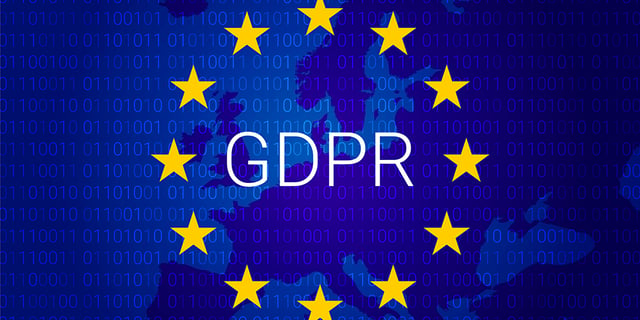
This week's review of ad fraud and quality in the digital advertising space.

Pixalate examined invalid traffic ("IVT") trends across desktop, smartphone, and tablet devices during the "Big Game" in 2018 and found that IVT was notably lower during 'Big Game' Sunday. Read more on our blog or in MediaPost.

As reported by MediaPost, the "IAB Tech Lab has released an OpenRTB GDPR Advisory for the General Data Protection Regulation (GDPR)." The GDPR goes into effect May 25, 2018, per the article. "The guidelines provide advertisers with ways to work within Europe's privacy laws," MediaPost wrote. "The strict laws require certain procedures when passing on the user's consent to use their information. This will be done via the OpenRTB protocol. It enables digital advertising companies to share the information among publishers, buyers, and data companies in a real-time bidding transaction."

Bhishma Savdharia, director of business development for GroundTruth’s Brand Safety Initiatives, wrote an op-ed in The Drum urging marketers to adopt "a combination of signals that can't be faked" to fight ad fraud. "Although fraudsters continue to improve their capabilities at rapid rates, they will never be able to truly, fully model real human behaviors," the article reads. "Aside from collecting data that would be impossible for a bot to generate, advertisers must embrace deeper analytics to better understand how humans act both online and on the ground."

According to Advertising Age, "The IAB says blockchain technology 'is a natural fit for the digital advertising supply chain' with potential to increase efficiency, reduce costs and eliminate fraud." The comments come from the IAB's first whitepaper on blockchain technology. The whitepaper specifically highlights the potential for blockchain to have a positive impact on digital video transactions.

In an op-ed on MediaPost, Andy Evans, CMO of Sovrn, wrote: "[W]hile the industry is quite rightly flying the flag for ads.txt, it’s important to remember this initiative on its own will not solve all the highly complex and ever-evolving challenges of the digital ecosystem. Focusing solely on encouraging publishers to implement ads.txt to prevent domain spoofing could pose a real danger in allowing other threats to grow."
Sign up for our blog to stay updated with new stats, trends, and analysis on digital ad fraud.
*By entering your email address and clicking Subscribe, you are agreeing to our Terms of Use and Privacy Policy.
These Stories on Weekly Recaps
*By entering your email address and clicking Subscribe, you are agreeing to our Terms of Use and Privacy Policy.

Disclaimer: The content of this page reflects Pixalate’s opinions with respect to the factors that Pixalate believes can be useful to the digital media industry. Any proprietary data shared is grounded in Pixalate’s proprietary technology and analytics, which Pixalate is continuously evaluating and updating. Any references to outside sources should not be construed as endorsements. Pixalate’s opinions are just that - opinion, not facts or guarantees.
Per the MRC, “'Fraud' is not intended to represent fraud as defined in various laws, statutes and ordinances or as conventionally used in U.S. Court or other legal proceedings, but rather a custom definition strictly for advertising measurement purposes. Also per the MRC, “‘Invalid Traffic’ is defined generally as traffic that does not meet certain ad serving quality or completeness criteria, or otherwise does not represent legitimate ad traffic that should be included in measurement counts. Among the reasons why ad traffic may be deemed invalid is it is a result of non-human traffic (spiders, bots, etc.), or activity designed to produce fraudulent traffic.”

